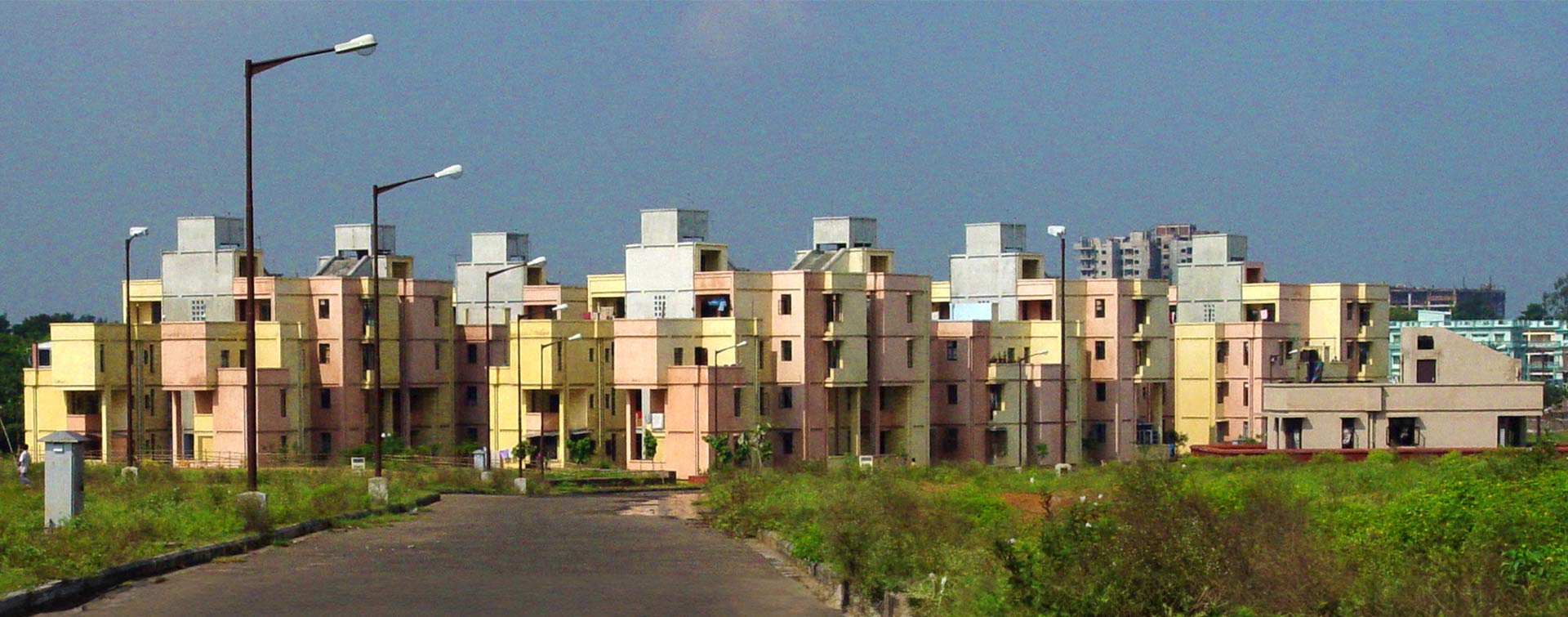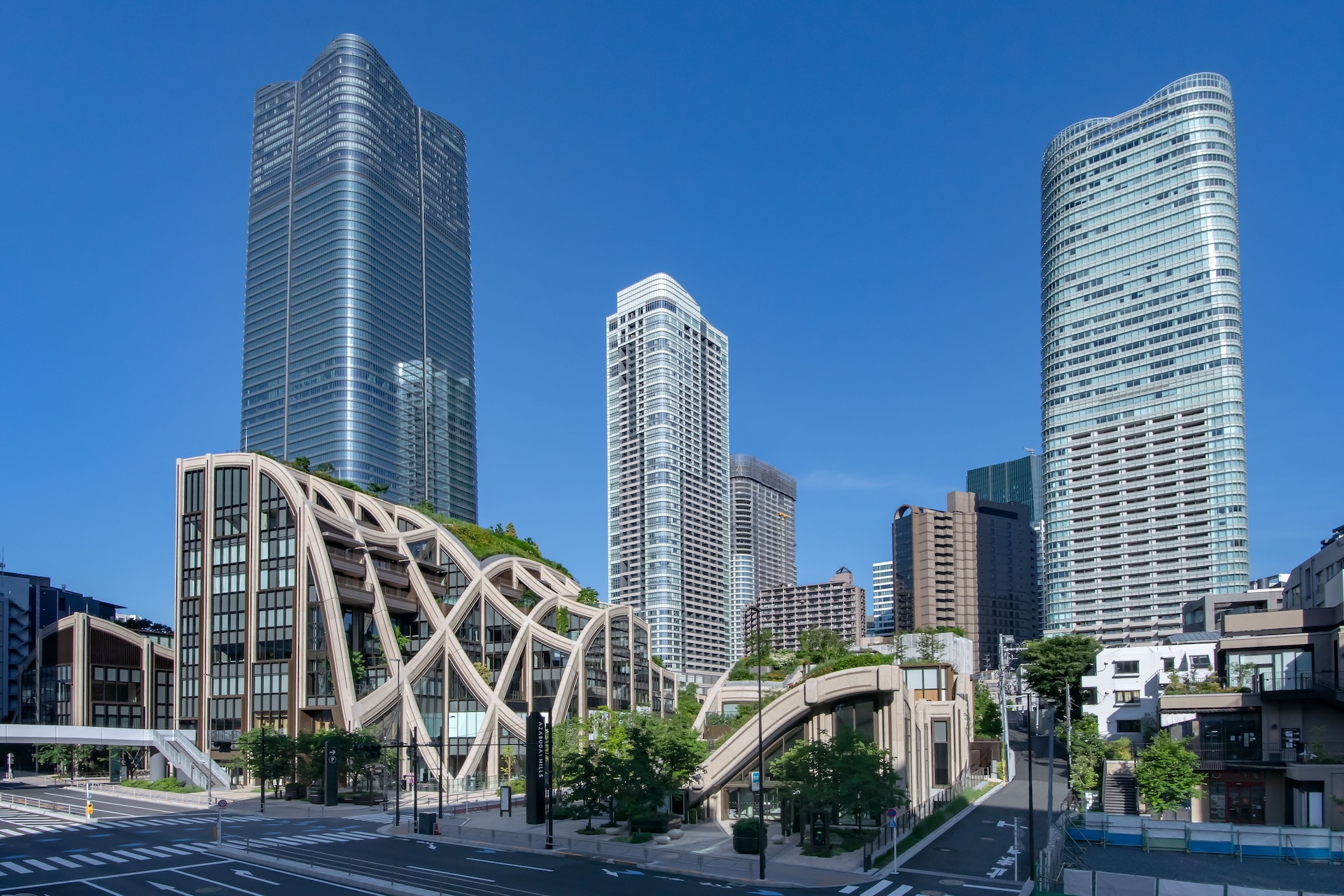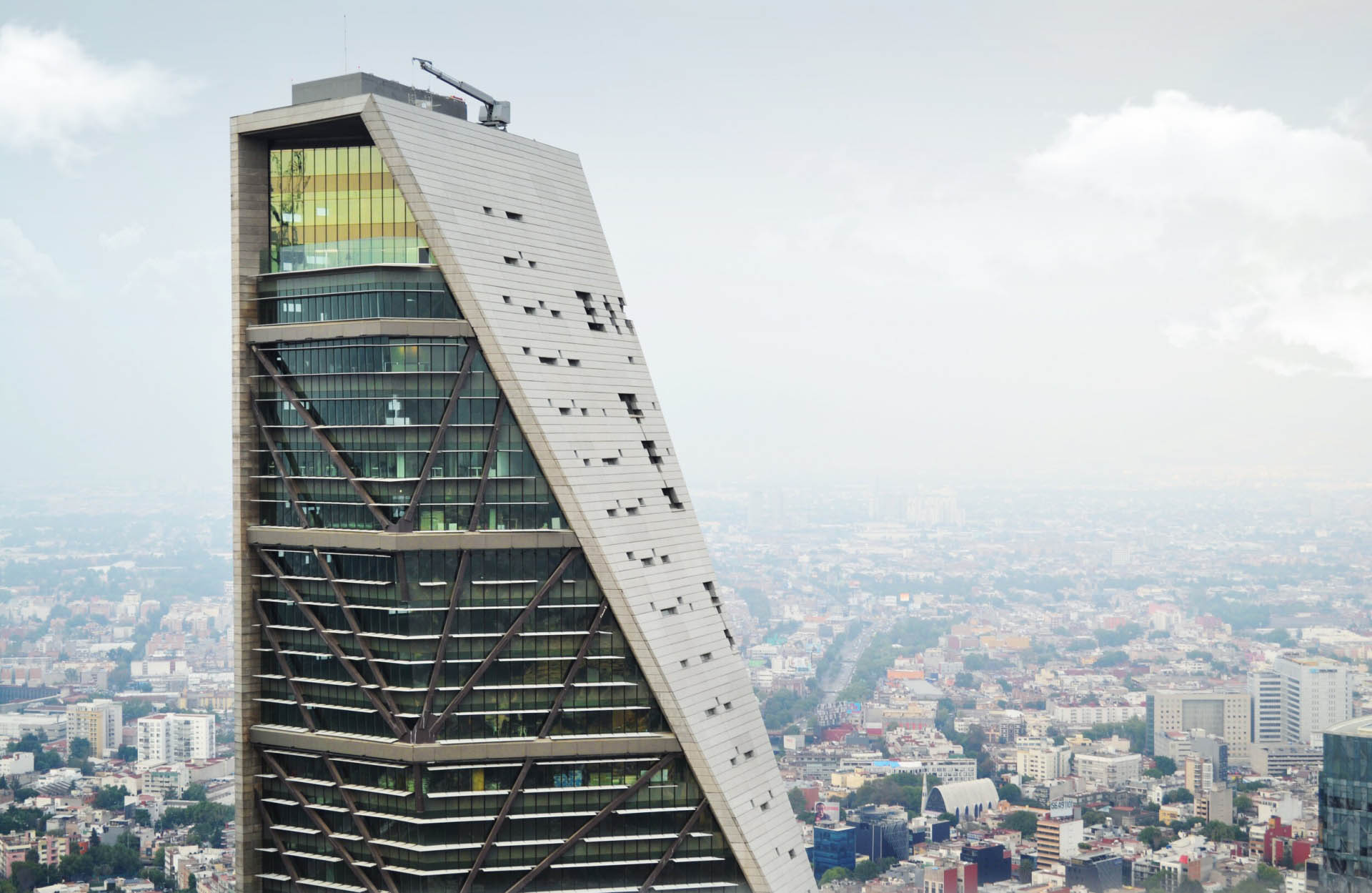 5 min
5 min
Wood is often put forward as the ideal solution for sustainable construction. But is the long-term goal to build mostly with wood? Is this physically possible?
Lars Völkel: Today we can build higher, stronger and lighter buildings than ever before with a raw material that is completely renewable, reusable and recyclable. Recently, Ursula von der Leyen, President of the European Commission, pointed out that wood accounts for only 3% of building materials used in Europe. We are thus very, very far from the point of using only wood. And we don’t see wood as the only solution either, but rather as one material to be used, along with hybrid solutions using steel and concrete. Nevertheless we are working on various solutions to enable substantially more than just 3% of building materials from wood.
We must find a balance between not over-utilizing our planet’s resources and ensuring that a future global population of 10 billion people can still live comfortably, be employed, and thrive – and this is what Stora Enso wants to actively contribute to.
What are the solutions?
L. V. : First of all, we have to change the way we build, with solutions that the planet can afford. Today less than 1% of buildings are net zero. In the face of this the rising demand for low emission architecture is accelerating, and the wood construction industry is in a unique position to lead this transition.
Secondly, we must redirect wood towards longer-lasting products, rather than its current uses for paper, for example, or pellets from full logs. At Stora Enso, we have already decided to divest our paper production business and we are only using wooden residuals from our production for pellets. And we’re not the only ones. Many other manufacturers are redirecting wood production towards long lived products, including the construction of buildings, which can store carbon for 50 to 100 years or more. In addition we need to ensure that we regrow more trees than we harvest – which we do in Stora Enso.
Shouldn’t this start by using less wood for a building?
L. V. : You are correct that material efficient use of wood is essential. It is important to use less cubic metres of wood for more square meters of building space without compromising on safety, quality and comfort of living. For example, we can make the floor thinner by using what we call rib panels. Instead of having a 25cm-thick floor, we could use only 10 centimetres of floor with glue laminated ribs underneath. This provides a static and solid floor structure while reducing the amount of wood used. For tall and wide buildings, with more static pressure on the structure, the wooden walls, roofs and floors have to be strong enough to support the weight of the building. For this we use engineered mass timber elements from our SylvaTM kit such as cross-laminated timber (CLT), laminated veneer lumber (LVL) and glued laminated timber (GLT).
But are glued panels really more durable than a single block of solid wood?
L. V. : By using high-strength glue we can bond together cross-wise single-layer panels for CLT in order to achieve a superior mechanical performance compared to solid wood. Also a single block of wood can not be formed as accurately and as big like CLT, where we can offer panels with up to 16m x 2.95m which reduces the onsite construction workloads.
LVL is an advanced wood product consisting of 3 mm spruce veneers glued together. It is engineered to be relatively stronger than steel, yet lighter than concrete, while being highly workable and durable.
And then, last but not least we can also better apply coatings to our engineered mass timber elements which can then better protect them against moisture, sunlight and fire and especially in France against insects, too.
So is work also needed to make the glues more sustainable?
L. V. : Absolutely. For cross-laminated timber, for example, 1% of the total weight of the material comes from the glue. But the glue also accounts for just over one-third of the total greenhouse gas emissions. We are trying to address both these issues. First of all already today we use formaldehyde-free glue. Then, by trying to use as little glue as possible. For example, at our laminated veneer lumber plant in Finland, we have reduced the amount of glue by 20%. Finally, Stora Enso already today has bio-based binders in our range such as NeoLigno® which is used in particle boards and insulation. To reduce the greenhouse gas emissions of the glues themselves, we are working to apply this binder also for our above mentioned structural mass timber elements, too.
Wood is only a sustainable material if its processing is also sustainable. What is the status of industrial processes in timber construction?
L. V. : Our main priority is to use less energy. In practical terms, we have reduced the amount of energy used to produce one cubic metre of timber. Then, to emit less CO₂, we have to limit the use of fossil fuels, and gas in particular. We are thus increasingly moving towards electrification, solar panels, and the purchase of renewable energy for our own needs. These changes have already enabled us to reduce our CO₂ emissions by 40% compared with 2019, while producing more timber.
Let’s talk now about the end of life of timber buildings. In what way are they more sustainable?
L. V. : For the moment, we haven’t had to worry about the end of life of timber buildings. Some Japanese temples are more than 1,400 years old! So I am certain that what we build today will last for a long time. But circular buildings become more relevant, also in light of previously mentioned scarcity of wood. We are working on it and progress well with good technical solutions, but to bring this to market quickly is not easy. Because there are issues around certification, to meet regulatory requirements. Solid wood, glued-laminated timber and laminated veneer lumber are all certified. But once they are mixed, or if recycled materials are used, new certificates are required. So that all takes time.
In practical terms, how can you help your customers ramp up timber construction?
L. V. : For us, the main issue is making building with wood easier. Why have we not gone beyond this figure of 3%? It is, to a large degree, due to lack of experience and knowledge among engineers, architects, and construction professionals in general. That’s why we decided to leverage on our more than 20,000 realized mass timber projects and publicly share our best-practice building concepts via our website to reduce workloads and costs in design and engineering. In addition we have also launched SylvaTM by Stora Enso, a kit of prefabricated elements for walls, floors, roofs, stairs, beams and columns, delivered just in time to the building site. Paired with expert design-assist and instrallation coordination services, SylvaTM is simplifying building in wood, which is what the industry is turning towards now that the labor is scarce, coordination among building trades is complex, and the demand for green construction is growing rapidly.
Do you also have a renovation offer?
L. V. : Yes, we see a growing demand for both renovation and upward extension of existing buildings, especially in cities. CLT is five times lighter than concrete which therefore allows in many cases adding extra floors on top of an existing building without the need to invest in reinforcing the foundation. We have a very large number of reference projects in cities like London or Paris. The other positive point is that prefabricated construction is up to 70% faster, requires up to 80% less truck deliveries and the building site creates less pollution and noise. Timber renovation is therefore a very big opportunity in terms of sustainable construction.
Photo credits: © Moholt_CLT_0034_13.jpg, © Stora Enso_Lars Völkel, © Keksi_KL_Stora_Enso_Salmisaari_2022-1581.jpg










